Carolyn Menteith
Dog Trainer & Behaviour Consultant.
Discover our range of dog food
Buy Now
If you worry that your dog seems sad or low, read our guide to find out the potential causes and dog depression symptoms – and discover how to make your sad dog happy again.
Yes, dogs can get depressed! It won’t be as complex as the clinical condition is in humans, but they can get a form of it. Interestingly, it may become more apparent during the colder months, whereas in other cases a change in their life may trigger it.
There are many factors that can impact on a dog’s emotional state – these include changes to routine, environment, social group, or as a result of chronic stress or anxiety resulting from fears and phobias or lifestyle. Some of these can produce what looks like a canine version of depression but so often owners don’t recognise the change in their dog’s mood – or know they can do some very simple things to transform their dog’s life for the better and make ‘dog depression’ a thing of the past.
Changes to environment
Most dogs like routine and are happiest when they know and are confident in their environment. Dramatic changes such as house moves, building work or major home re-organisations can leave your dog feeling uncertain, and you may well see changes in their personality or behaviour as they try to process the changes and regain their routine and feelings of safety.
Changes to social group
Dogs fit into our lives so well because they bond very strongly to us. Most dogs will bond to their entire perceived ‘family’ and changes to this social dynamic can strongly affect dogs.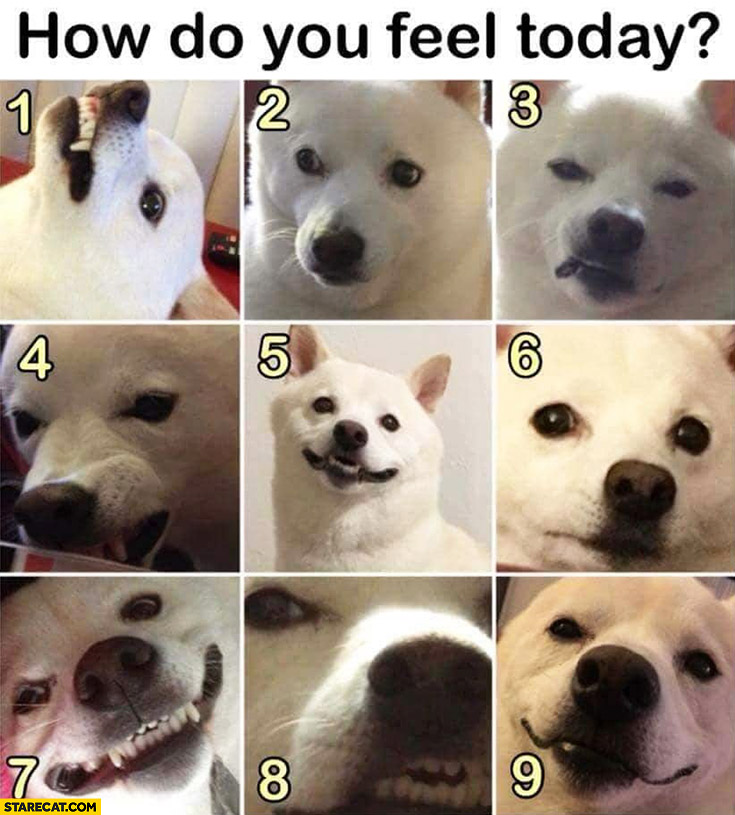
This could be changes in the home as a result of divorce, bereavement (human, canine and sometimes even feline), children leaving home – or even a change in working patterns. Dogs don’t understand where their friend or loved one has gone and of course we can’t explain it to them.
It’s not just grief that can make your dog sad however. If you are suddenly less available to your dog – such as returning to work after a break or starting a new job – it can hit them hard. They rely on you totally for company, security and love, and can feel your increased absence keenly.
Boredom
It’s easy to only pay attention to dogs in the few short hours a day we are exercising them but for many dogs that means upwards of 12 waking hours a day, every day with absolutely nothing to do! For dogs – especially working breeds or types – this can produce severe boredom which can result in all kinds of behaviour problems, but one of these is apparent dog depression.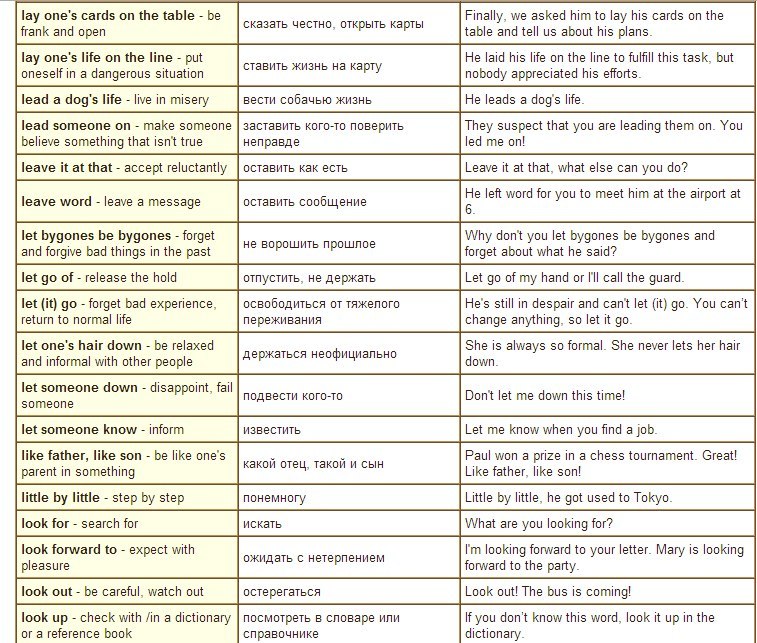
Fears and phobias
Often what looks like dog depression is a symptom of an underlying behaviour issue. Even though they are not showing any acute or obvious signs of fear, a dog who suffers from noise phobias or separation related issues for example can be in a chronic state of stress or anxiety always waiting for the next bang or the next time they are left home alone. Want to find out more about helping a scared dog? Read our guide.
Seasonal Affective Disorder (SAD)
During the winter however, there can be some more usual – or more likely – causes of a dog’s apparent sadness. This may be similar to the human version - Seasonal Affective Disorder (SAD) – or far more likely can be due the changes in the dog’s routine.
Our dogs have certain hard-wired needs that we have to be able to fulfil to keep them healthy and happy. A major one of these is exercise and stimulation – physical and mental. Not only that but they need the right kind of exercise, and this can often be breed or type dependent.
A major one of these is exercise and stimulation – physical and mental. Not only that but they need the right kind of exercise, and this can often be breed or type dependent.
Through the winter – especially the long, wet winters we have been seeing in recent years – it can be hard to give dogs the exercise they need. Dark mornings and evenings, and muddy, wet walks, can make taking the dog out seem like a chore for many rather than a joy and so many dogs are getting less exercise or fewer walks than usual, and aren’t getting to do the things they truly love.
In other cases, owners don’t realise just how much exercise their dog needs – or what types of things will keep them happy. All dogs are different and so finding out what fulfils a dog’s hard-wired needs can be the key to a contented dog. It’s similar to someone who loves nothing more than doing yoga being forced to only do marathon running! Yes, you’d be getting the exercise you need but you wouldn’t be enjoying it and would probably be feeling pretty fed up about it!
A lack of being able to do the things they have been selectively bred to do – or just the things that they love – can result in a whole host of behaviour problems, some of which will present a lot like dog depression symptoms.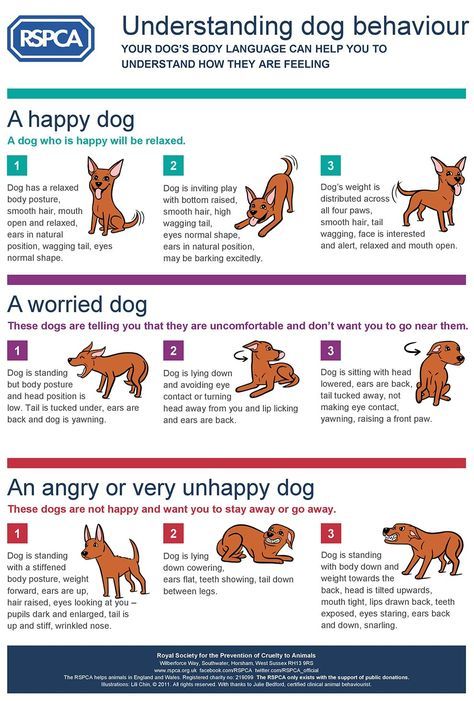
Poor training methods
All dogs should have some training so that they can have the freedom they need to be able to be let off the lead where it is safe to do so, and so they are not a nuisance or danger to themselves or others. How you train your dog – and how you relate to them day-to-day – will have an impact on their mood.
Reward-based training methods and handling improve the bond between a dog and their owner – but heavy-handed methods that rely on punishment can leave the dog feeling unable to succeed, result in a loss of confidence in their owner, and produce a state of learned helplessness which looks a lot like a dog being quiet and well-behaved but is actually in indicator of a very low mood state and chronic stress where it is far safer to do nothing.
Physical illness or pain
Low mood states don’t only have mental and emotional causes at their root.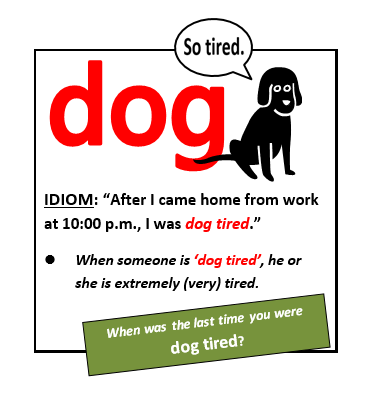 Some physical conditions – especially those which cause pain – can affect a dog’s mood, and whenever there are sudden changes in a dog’s personality or behaviour the first step should be a visit to the vet to check there are no clinical causes.
Some physical conditions – especially those which cause pain – can affect a dog’s mood, and whenever there are sudden changes in a dog’s personality or behaviour the first step should be a visit to the vet to check there are no clinical causes.
Just their personality
Like us, all dogs are different. Some are by nature bouncy and very obviously happy all the time, while others are more reserved and self-contained but are no less contented. Know your own dog – and do some research on what things they may enjoy to enhance their life and their mood – but also be aware of what their usual (resting) mood state is.
 These can include chewing, attempts at escapology, increased reactivity, loss of toilet training, and even aggression.
These can include chewing, attempts at escapology, increased reactivity, loss of toilet training, and even aggression.
Recognising the problem is the first step to solving it. Then do a canine mental health assessment on your dog:
Once you have done this check, you should have a clear idea of what your dog needs from you to lift their mood – and find ways to do this. If you are unable to make the changes (such as in the case of house moves etc) be aware that your dog is struggling and give them more TLC than usual and lots of fun things to do to distract them and support them through the changes.
If you are unable to make the changes (such as in the case of house moves etc) be aware that your dog is struggling and give them more TLC than usual and lots of fun things to do to distract them and support them through the changes.
If your dog’s mood or behaviour has changed suddenly and you can find no reason why this may be happening, visit your vet to check for clinical causes.
Once your dog has a clean bill of health, consult an accredited experienced behaviourist who can look at any behavioural changes or issues, and help you transform your dog’s mood and life for the better.
Now you know all about the signs of dog depression and how to tell if your dog's sad. Looking to find out more about your dog’s behaviour? Read our guide on how to stop aggressive behaviour in dogs.
If you have a dog, you probably already know they can express their feelings like humans do.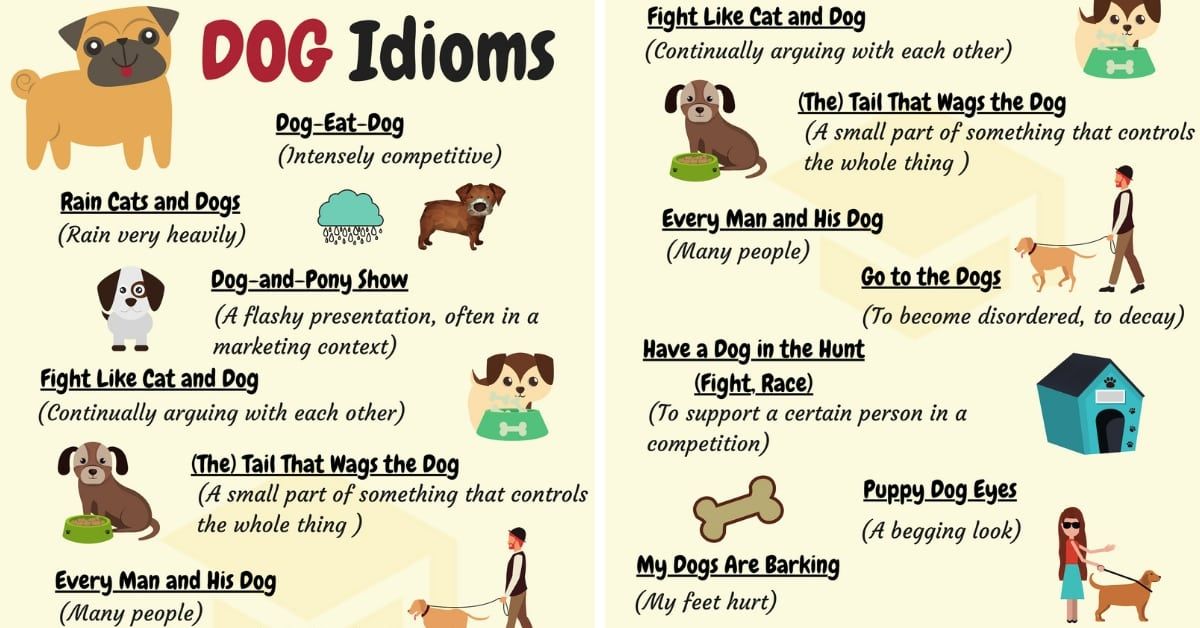 That means your little pup can become sad and withdrawn when they are stressed out, which can lead to depression if it lingers for too long. To get them feeling happy and relaxed again, you might want to meet with a vet to see what's going on—and to rule out any physical conditions. You can also try a few habit changes and lifestyle tweaks to get them back to normal.
That means your little pup can become sad and withdrawn when they are stressed out, which can lead to depression if it lingers for too long. To get them feeling happy and relaxed again, you might want to meet with a vet to see what's going on—and to rule out any physical conditions. You can also try a few habit changes and lifestyle tweaks to get them back to normal.
Dogs can be depressed for a variety of reasons. "Dogs can be depressed if they lost a family member, a kid went off to college or another dog in the house passed away. I see depression a lot in dogs whose families have gone through a divorce," says Dr. Sara Ochoa, DVM, a veterinarian at Whitehouse Veterinary Hospital in Whitehouse, Texas, and a contributor for Senior Tail Waggers.
Ochoa adds that dogs can get very attached to people and other pets, so when these relationships change, they can show signs of depression. If you think your dog is down in the dumps, here are the signs to look for and ways to help perk them back up.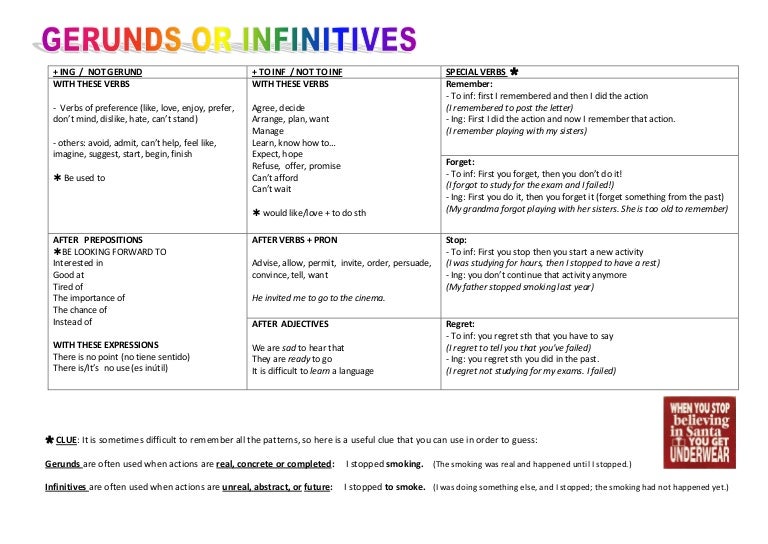
"Most dogs that are depressed will lay around more and not really want to interact with other people in the house," says Ochoa. It could be their age, but if it's suddenly come on, or they're sleeping way too often, then it might be depression."
Have you recently changed your routine? Try to play with your dog using their favorite toy or take them for a walk. "Fresh air does a world of good for the brain," says Conrad Rossouw, a certified dog trainer based in Scotland.
Sad and stressed dogs may also not want to eat or drink. "They may also stop eating their food, but will eat people food," says Ochoa. So, look for any change from the normal diet and cravings. "Any change in appetite can be a sign of depression, but can also be a sign of something else," adds Ochoa, so get your pooch to the vet for a checkup to rule out anything else.
They could also be gaining weight. "This usually goes hand in hand with a lack of exercise and stimulation. Try and take your dog for a walk," says Rossouw. And look at their calorie intake. Are you feeding them too much? They might be getting too much food compared to the exercise they're doing, which would be unrelated to stress and sadness.
Try and take your dog for a walk," says Rossouw. And look at their calorie intake. Are you feeding them too much? They might be getting too much food compared to the exercise they're doing, which would be unrelated to stress and sadness.
If your pup is disappearing or withdrawing to odd places in the home, they could be feeling stressed or sad. "You may find them sleeping under the bed or in a closet. This is a common sign seen with depressed dogs," says Ochoa. Try playing a game or giving them more attention to make them feel happier and more relaxed.
When a dog is depressed they may lick their feet. Why? "This is a calming method for many dogs," says Ochoa. Constant licking and grooming is a sign that your dog is trying to comfort themselves.
If your pup has been self-grooming a lot over a long period of time, it may be a sign of something else. "Doing it too much means it becomes a habit. If you've ruled out any medical issues, then I'd recommend getting your dog back into a routine, and playing games with them to stimulate their mind," says Rossouw.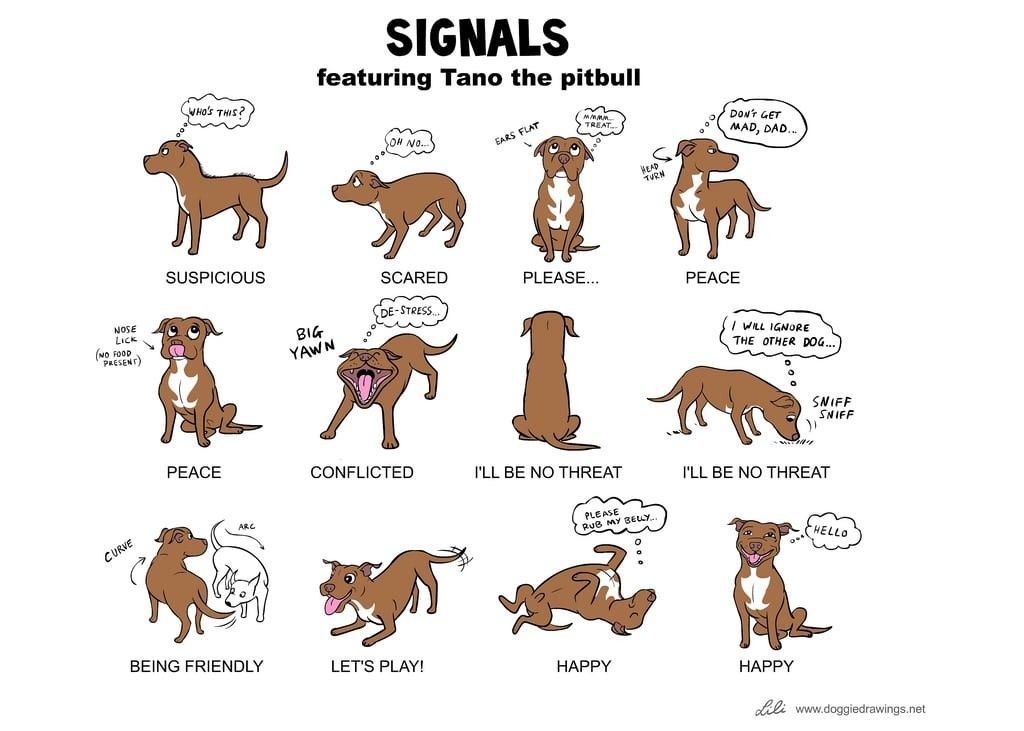
Depressed dogs might suddenly not want to go for walks anymore. They might not jump up and down when you get their leash, run to the door or react when you try and get them to take a walk, according to Steffi Trott, a professional dog trainer, and owner of SpiritDog Training. "Depressed dogs have a generally decreased sense of excitement and happiness, and this might show in their refusal to go for walks," says Trott.
sad puppy
Credit: Getty / PeopleImages
Dogs love people, especially if you have a breed that is known for being extremely outgoing and friendly, such as a Golden Retriever or Labrador. "Depressed dogs feel low, generally sad and uninterested about life, and this may be shown in their reaction to people," says Trott.
The same goes for their dog pals, too. "If your dog also does not want to play with his doggy friends, he is definitely depressed.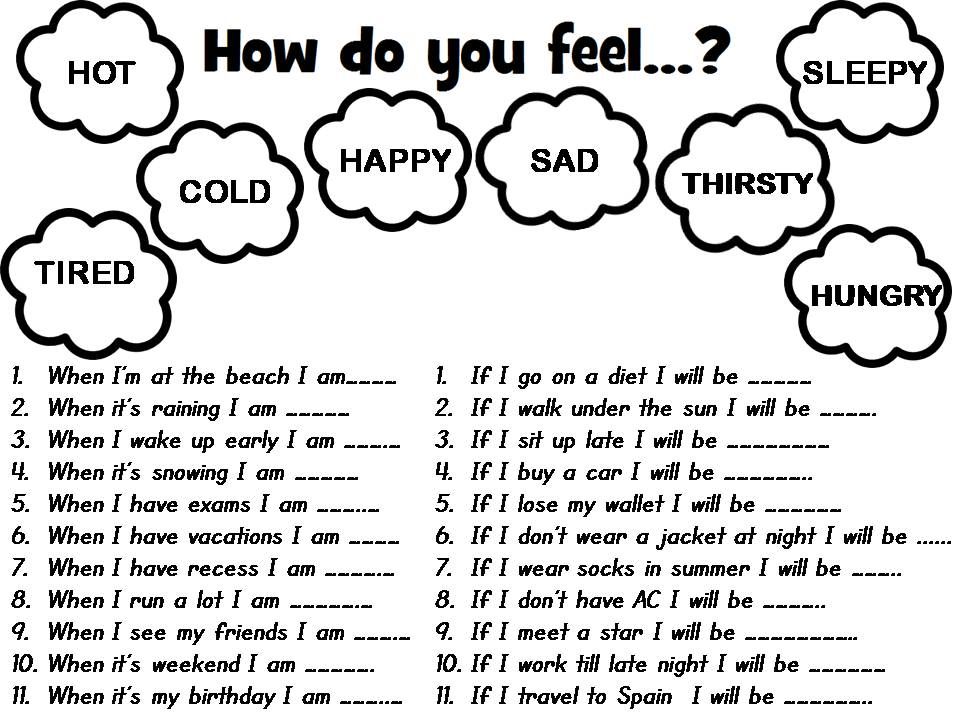 Exuberance is a common sign of dog-to-dog play, and if it is missing, your dog may be depressed," adds Trott.
Exuberance is a common sign of dog-to-dog play, and if it is missing, your dog may be depressed," adds Trott.
First, see a vet to ensure your pup is in good physical health. "Often dogs become depressed as a result of pain or illness. If your dog shows the above signals, take him to the vet to make sure he does not have an underlying condition," advises Trott.
If something has recently changed (a move, another dog in the family died, the schedule is different, etc.), dogs may be depressed and confused due to the recent stress. Make sure to keep your daily schedule on track as much as possible, since routines make dogs feel safe and secure.
And "give your dog plenty of time to rest, and a comfortable and snuggly space to do so. Feeling well-rested and relaxed will make your dog much happier," adds Trott.
You can also plan an adventurous outing. "This can be getting him a vanilla ice cream cone at a drive-through or going to the park. Cheer him up with a fun activity," encourages Trott.
Cheer him up with a fun activity," encourages Trott.
Like humans, dogs can feel down and depressed. If you notice a change in your pup's mood, set up an appointment with your vet to rule out any physical reasons behind the change. Also, assess any lifestyle changes that may be contributing to the sadness, and be proactive in making sure your pup is getting plenty of exercise and attention and has some sort of routine. It won't be long before they're back to their tail-wagging ways!
If the dog has become lethargic and sad, looks tired or refuses to play with the same enthusiasm, most likely it is not that he is just lazy. The cause of lethargy or exercise intolerance in pets can be serious health problems. These symptoms may indicate serious pathologies, such as heart disease. If the dog is sad and lethargic, it is important to pay attention to such signals. About the causes of exercise intolerance and possible ways to solve the problem - in this article. nine0003
nine0003
Some dogs may feel a little lethargic after being active. For example, a dog may sleep more than usual for a day or two after long, vigorous games in the park or a long hike. But long-term fatigue cannot be ignored. Exercise intolerance can be a symptom of a serious disorder, including heart disease, and signal a variety of other problems, from the mildest, such as muscle pain, to serious conditions, such as congestive heart failure. Vets Now lists several possible causes of lethargy in dogs:
Wag! adds that refusal to move, combined with other symptoms, including loss of appetite, coughing or fainting, can also be a sign of pulmonary hypertension - high blood pressure in the lungs or other cardiovascular diseases. nine0003
nine0003
A dog's lethargic behavior is usually fairly easy to spot. According to Vetinfo, excessive sleep, apathy, lack of interest in games, and lethargy are all clear signs that a dog is lethargic. Exercise intolerance is harder to spot, especially if you don't walk or play with your dog regularly. In less severe cases, writes Wag!, the dog may simply not want to go for long walks or play much compared to his usual state. Coughing, rapid or difficult breathing after physical activity may indicate exercise intolerance. In extreme cases, the dog may experience confusion, disorientation, disturbed toilet habits, elevated body temperature, severe weakness, and even collapse. nine0003
If the dog behaves lethargically or does not withstand the usual physical exertion, it is important not to force him to run. You need to try to feel the state of the dog and allow her to take a break from games or even interrupt the walk and go home. To identify other serious symptoms, it is necessary to observe the pet. If there are other reasons for the disturbing behavior, you should immediately contact your veterinarian. If the dog has no other symptoms, wait a day or two. If the dog is lethargic, sleepy, its condition does not improve or even worsens, you should consult a veterinarian. In the event of severe acute symptoms such as fainting or collapse, the dog should be immediately taken to an emergency clinic. nine0003
To identify other serious symptoms, it is necessary to observe the pet. If there are other reasons for the disturbing behavior, you should immediately contact your veterinarian. If the dog has no other symptoms, wait a day or two. If the dog is lethargic, sleepy, its condition does not improve or even worsens, you should consult a veterinarian. In the event of severe acute symptoms such as fainting or collapse, the dog should be immediately taken to an emergency clinic. nine0003
Your veterinarian will perform a thorough examination of your pet. He will look for signs of lameness, injury or pain, any possible swelling. He will take a blood and urine test to rule out pathologies. It is likely that the dog will also be put on an electrocardiograph to check the electrical activity of the heart and a chest X-ray will be taken to examine the heart and lungs. A specialist may recommend an ultrasound, CT scan, or MRI to diagnose your pet's condition. Tell your veterinarian about any medications your dog is taking, detail his diet and lifestyle, and mention any other symptoms or recent changes in the animal.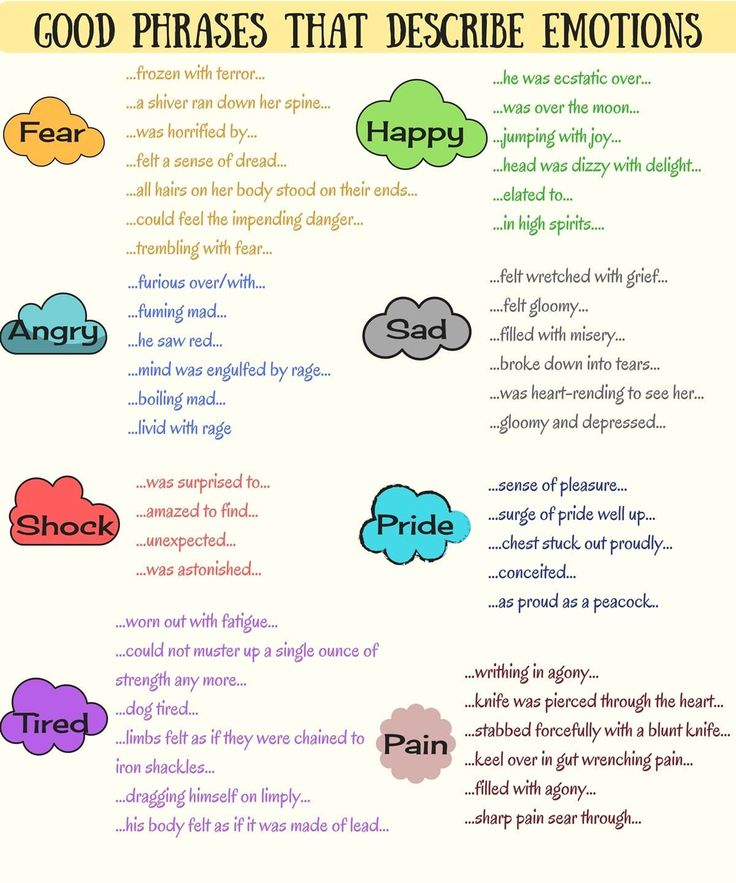 nine0003
nine0003
If the dog is lethargic, does not walk, this is only a symptom of the problem, not the problem itself. The type of treatment a four-legged friend needs will depend on the diagnosis. After treatment, the dog may recover and return to their previous level of activity. However, heart disease and other progressive conditions may require permanent changes in your pet's exercise and activity levels for the rest of their lives. You should discuss with your veterinarian your dog's condition and what kind of physical activity they can safely handle. nine0003
If your pet is limited in movement and exercise, it may be difficult to control their weight, and being overweight can aggravate the condition. Depending on the diagnosis and treatment plan, the dog may need a special dietary diet appropriate to its condition. If the doctor does not do this, you should ask him about a weight control food that will help control body weight without vigorous exercise.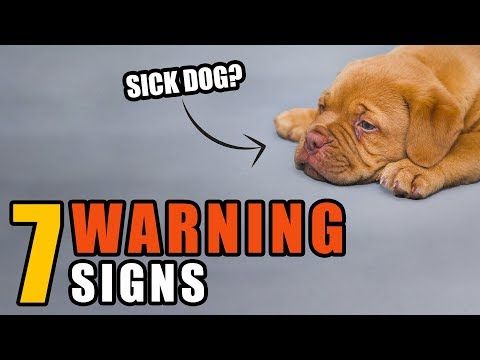 It is important to make sure your dog eats food that is appropriate for its age, as this will also help with weight control. Essential nutrients also play an important role. Lack of nutrients needed to maintain a pet's energy levels can contribute to lethargy. nine0003
It is important to make sure your dog eats food that is appropriate for its age, as this will also help with weight control. Essential nutrients also play an important role. Lack of nutrients needed to maintain a pet's energy levels can contribute to lethargy. nine0003
With age, lethargy begins to increase in dogs. Joint pain, weight gain, and simply more fatigue can reduce an animal's activity. Older dogs are more susceptible to diseases accompanied by lethargy and exercise intolerance. Regardless of the age of the pet, if he has become noticeably more tired, you should not automatically attribute this to his advanced age. Such red flags should never be ignored. nine0003
A dog's activity level can be a significant indicator of its health. That is why owners need to pay close attention to what is the norm for a pet. This will help to recognize any deviations. If the family does not have the habit of regularly playing or walking the dog, it is best to start in order to more accurately know what level of activity is normal for her. By acting promptly at the first sign of lethargy in your four-legged friend, you can help identify a serious illness in the early stages and increase your pet's chances for many years of healthy and happy life. nine0003
By acting promptly at the first sign of lethargy in your four-legged friend, you can help identify a serious illness in the early stages and increase your pet's chances for many years of healthy and happy life. nine0003
Jean-Marie Bauhaus
Jean-Marie Bauhaus is a pet lover, blogger, and novelist based in Tulsa, Oklahoma, who writes about the life of pets under the watchful eye of a group of furry friends.
When your best friend is in pain, you want to help him. If you're not feeling well, you can simply take the right medicine, such as a heartburn pill or cough lozenge, but figuring out how to help your dog when he's in pain isn't easy. Here's what you can do if she gets sick. nine0003
How to tell if a dog is ill and ill
Some breeds will let you know by their behavior that something is wrong with them, they will whine, bark or generally act anxious.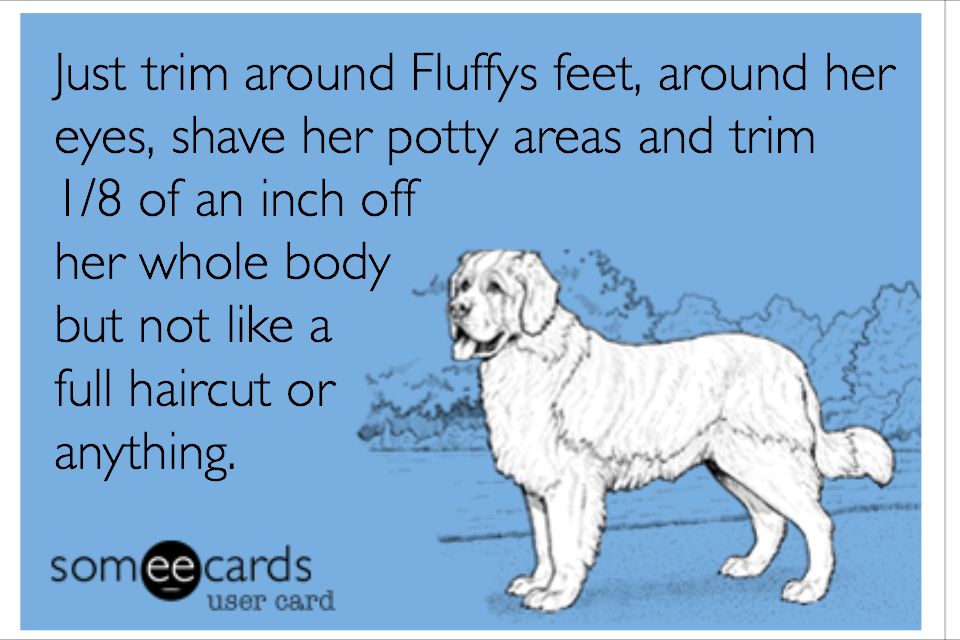 However, most dogs stoically endure pain without showing that they are suffering. They may be completely unable to let you know that they feel bad. Fortunately, there are signs by which you can understand that the dog is not feeling well. Non-obvious signs that a dog is in pain:
However, most dogs stoically endure pain without showing that they are suffering. They may be completely unable to let you know that they feel bad. Fortunately, there are signs by which you can understand that the dog is not feeling well. Non-obvious signs that a dog is in pain:
Be aware that only you, the person who knows your dog best, may be aware of the signs of a puppy not feeling well.
Consult your veterinarian
First of all, if you notice any of these signs, make an appointment with your veterinarian. He will be able to determine the cause of the discomfort. Sometimes injuries are obvious, such as a wound or a broken bone, while other causes may not be as obvious. Most often, a dog experiences pain for the following reasons:
He will be able to determine the cause of the discomfort. Sometimes injuries are obvious, such as a wound or a broken bone, while other causes may not be as obvious. Most often, a dog experiences pain for the following reasons:
How to relieve pain
The most common pain relievers your veterinarian may recommend for your pet are non-steroidal anti-inflammatory drugs (or NSAIDs), which work similarly to ibuprofen or aspirin. Some experts recommend these drugs to reduce pain, swelling, stiffness, and any other joint discomfort your pet may experience. Some NSAIDs designed specifically for dogs include carprofen, deracoxib, firocoxib, and meloxicam. That being said, many commonly used NSAIDs that are approved for human use can be toxic to dogs, so don't give your pet your own painkillers—check with a professional first. The Food and Drug Administration (FDA) offers an easy way to remember the warning signs of NSAID side effects of concern:
The Food and Drug Administration (FDA) offers an easy way to remember the warning signs of NSAID side effects of concern:
If you notice any of these signs, stop administering to your dog immediately and contact your veterinarian.
Get rid of pain once and for all
Although pain medication can be a temporary solution, the ultimate goal should be to completely get rid of the dog's pain. You can achieve this by changing your diet. The pain your dog is experiencing can be alleviated by changing his diet. According to Dr. Donna Solomon of the Huffington Post, foods rich in omega-3s can help reduce pain by reducing joint inflammation. nine0003
You can also help relieve your pet's pain by adjusting his weight a little. The pain of pancreatitis and luxation of the patella can be exacerbated if the dog is overweight. To get rid of it, try a special food designed to support normal weight, such as Hill's Science Plan Adult Perfect Weight.
To get rid of it, try a special food designed to support normal weight, such as Hill's Science Plan Adult Perfect Weight.
You can also try physiotherapy. It will help the dog recover from injury or arthritis. Ask your veterinarian about physical therapy options. nine0007
Do's and Don'ts
If your dog is in pain, it might be tempting to give him something from your first aid kit. Do not hurry. Although NSAIDs approved for dogs are similar to the common over-the-counter drugs you can buy for yourself, they can be very dangerous for your dog. This is because the dosages required by dogs may be very different from your dosages, or the drug may be metabolized differently. Just one tablet can aggravate health problems in a pet and even lead to his death. nine0003
Never give your pet pain medication without first consulting with a veterinarian. A doctor who is well aware of your dog's health problems will be able to recommend the appropriate medication and dosage.